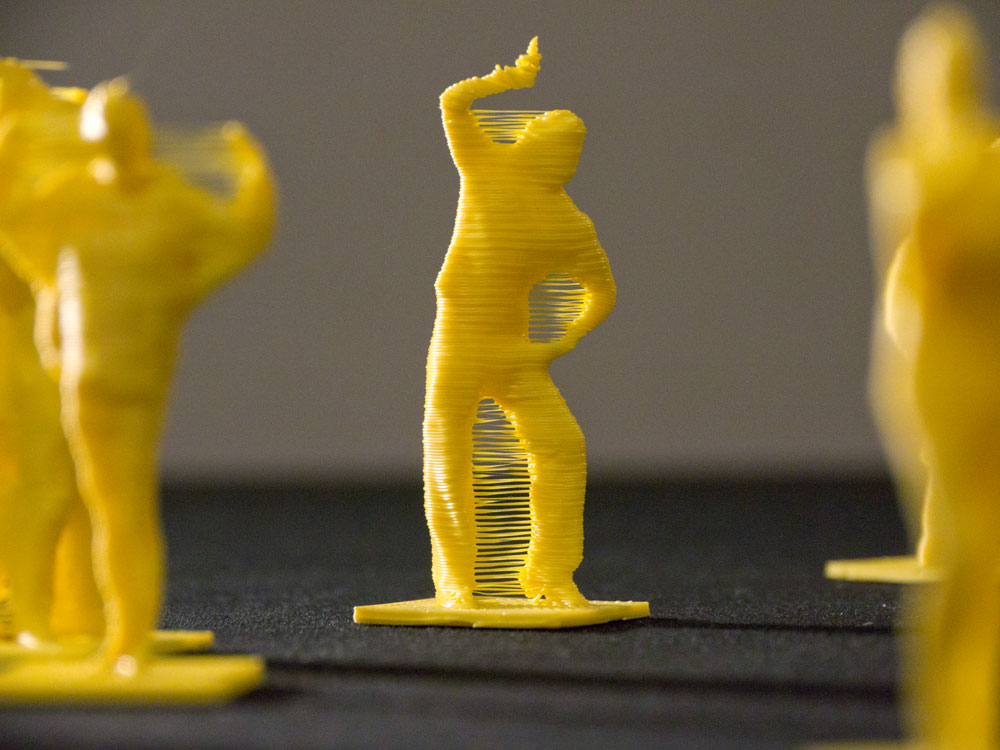Summer 2011
Tangible digital (intro)
How can we make the virtual more physical while bringing emotion into the digital domain?

Back in the mid 1980s, ‘feelies’ was a term coined by Infocom to describe the physical objects it included in the box with the company’s computer games. More often than not, these were little more than nerdy in-jokes (an empty plastic bag labelled ‘Microscopic Space Fleet’ came with the Hitchhiker’s Guide to the Galaxy game – very funny to me, lost on my parents) or promotional guff designed to increase the perceived worth of the product. Thankfully, on brief but fantastic occasions these objects would break from their moulds and become something more: a code-wheel that gained you access to the game (a primitive form of copy protection), a perplexing clue to a puzzle buried deep in the game and even physical maps for the digital world you were about to enter.
In a primitive way, misty-eyed nostalgia apart, these objects added a layer of joyous interaction between the world we inhabit and the digital worlds we were tentatively exploring. These props were some of the first attempts to solve a deep-rooted design problem that still plagues, provokes and entices us: how to draw users deeper into the virtual worlds we create, make the emotions feel more real and the experiences more memorable.
The new breeds of artist, designer and developer are constantly looking to connect the dots between emerging technologies and physical interactions – bringing these diverse connections together provides new avenues for expression and creative output. As time and technology advance, the cost of hardware drops and its ease of availability increases, it should be possible to provide creators with dynamic ways to provide ‘input’ and fun ways to connect it with an ‘output’.
The people behind these projects are working to build interest around their work and push what is possible with the technology, but at what point do such projects shift from art, experimentation and hacking to products that are commercially viable? Gaming is an obvious space where these projects can feed back into the community that spawned them, but advertising and retail are also ripe to embrace these new experiences.
Furthermore, the companies that manufacture the technology are seeing the benefit of ‘hacking’ their products. Initially, Microsoft made noises about using the law to stop anyone ‘tampering’ with its Xbox Kinect. But then came awareness of the PR, community-building and development opportunities that could arise from supporting this new scene, and with it a change of heart.
Regardless of how these new experiences manifest themselves, users will search for interactions that break away from button-presses, for ways to express themselves creatively beyond a click and a drag of the mouse. The developers will be looking further to fuse the digital space we all now inhabit with the reality we are desperate not to leave behind.
First published in Eye no. 80 vol. 20.

